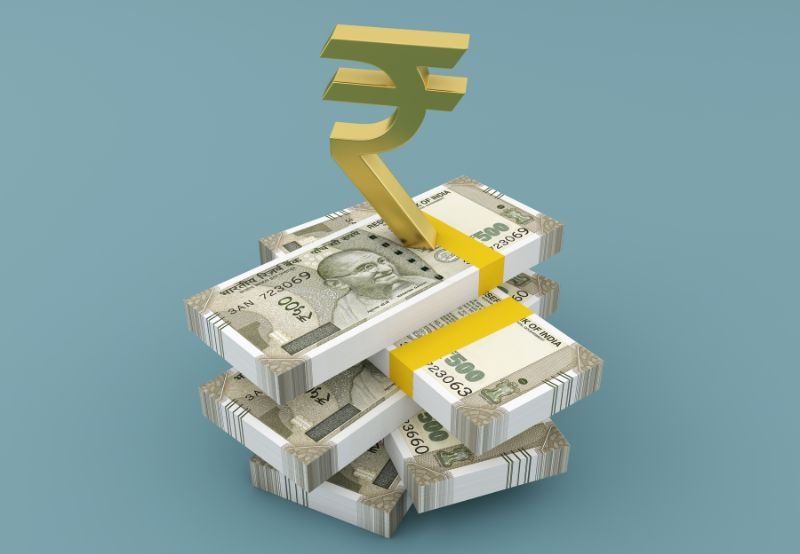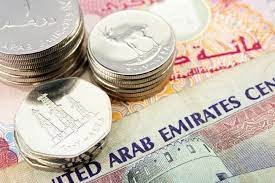The Middle East and North Africa (MENA) region has once again made headlines this week with major developments shaping its energy, infrastructure, and financial landscapes. Leading the pack is Abu Dhabi’s bold step forward as it officially signs a landmark financing agreement aimed at boosting interconnectivity across the Gulf Cooperation Council (GCC) region. The move is set to supercharge energy collaboration between member states and pave the way for a more secure, reliable, and sustainable power grid.
This week’s roundup takes a closer look at this exciting development and other key stories from across the region, capturing the pulse of progress in the Middle East.
A Vision for a Connected Gulf
In a significant milestone for regional energy cooperation, Abu Dhabi has entered into a financing agreement to fund the development of the GCC Interconnection Authority (GCCIA) grid enhancement project. The initiative is designed to improve the electricity network that links six Gulf nations — the UAE, Saudi Arabia, Kuwait, Bahrain, Oman, and Qatar.

This isn’t just about cables and transmission towers. The GCC Interconnection project represents a shared vision of energy security, resilience, and economic integration in a region where power demand continues to grow at a rapid pace. By strengthening this network, the Gulf nations will be better equipped to manage peak demand, share energy resources, and reduce operational costs, while minimizing outages and bolstering energy independence.
The financing agreement is viewed as a game-changer, not only for its economic implications but for its symbolic significance in uniting the region through collaboration and shared infrastructure.
Why It Matters Now
Energy demands in the Gulf have surged over the last two decades, driven by rapid urbanization, expanding industries, and ambitious mega-projects. As cities like Riyadh, Dubai, and Doha evolve into global hubs for finance, tourism, and innovation, reliable energy infrastructure has become a top priority.
The GCC Interconnection grid first went live over a decade ago, providing an essential backbone for the regional power network. However, with demand reaching new highs and the push toward cleaner energy gaining momentum, upgrades are urgently needed.
The newly signed financing deal is expected to support essential enhancements, including the integration of renewable energy sources like solar and wind into the regional grid. It also opens doors for potential energy trading between member states, allowing countries with excess supply to support neighbors during periods of high demand.
This level of cooperation is vital in a region where extreme temperatures, population booms, and economic diversification plans are placing unprecedented pressure on power infrastructure.

Abu Dhabi Takes the Lead
Abu Dhabi’s commitment to this financing agreement further cements its role as a regional leader in infrastructure investment and energy innovation. Known for its forward-thinking projects and robust sovereign wealth funds, the capital of the UAE has consistently positioned itself at the forefront of initiatives that strengthen both national and regional resilience.
This new deal reflects Abu Dhabi’s strategic vision of not just meeting domestic energy demands but contributing to broader regional stability. By investing in interconnectivity, the emirate is ensuring that future generations across the Gulf can rely on a power grid that is smart, sustainable, and secure.
The leadership’s willingness to engage in such collaborative projects underlines a collective sense of responsibility and solidarity within the GCC, particularly at a time when geopolitical shifts and global energy market fluctuations present both challenges and opportunities.
A New Era for GCC Energy Integration
The significance of this financing agreement extends beyond technical upgrades. It symbolizes a new chapter in Gulf relations where collaboration on shared infrastructure projects becomes a vehicle for deeper economic, political, and social ties.
With plans to enhance the grid’s capacity, improve operational efficiency, and integrate renewable sources, the project aligns with each GCC nation’s vision for a sustainable future. From Saudi Arabia’s Vision 2030 to the UAE’s Net Zero 2050 strategy, the region’s ambitions for greener economies are well underway, and this grid enhancement is a crucial piece of that puzzle.
The upgraded interconnection will also improve emergency response capabilities, ensuring that in the event of a technical failure or natural disaster, electricity can be swiftly rerouted to minimize disruptions. This kind of resilience is especially important in a region where harsh climates and rapidly growing urban centers demand constant, reliable power.
Other Major Highlights in the MENA Region This Week
While the GCC Interconnection financing agreement was a clear headline-grabber, it wasn’t the only significant development across MENA this week. Here’s a brief look at other important stories making waves:
UAE and Egypt Deepen Economic Ties
The UAE and Egypt announced a series of joint ventures across sectors including clean energy, technology, and logistics. The move strengthens economic cooperation between two of the Arab world’s most influential nations, offering new opportunities for investors and entrepreneurs alike.
Both countries emphasized the importance of sustainable development and mutual economic growth, with several new projects scheduled to launch later this year.

Saudi Arabia’s Tourism Boom Continues
Saudi Arabia’s tourism sector has experienced unprecedented growth, with millions of visitors flocking to the kingdom for religious pilgrimages, entertainment events, and cultural festivals. The latest figures reveal a record-breaking influx of tourists in the first half of 2025, driven by relaxed visa regulations and major events like the Riyadh Season and Diriyah Biennale.
Officials say the surge is part of a broader strategy to diversify the kingdom’s economy and create new employment opportunities for young Saudis.
Oman Advances Renewable Energy Projects
Oman unveiled its latest renewable energy initiative this week, with plans to develop one of the largest solar farms in the region. The project is expected to provide clean electricity to over 100,000 homes and reduce carbon emissions by thousands of tons annually.
The move comes as Oman steps up efforts to meet its clean energy targets and position itself as a sustainable energy hub in the Gulf.
Qatar Expands LNG Partnerships
Qatar signed several new liquefied natural gas (LNG) export agreements with Asian and European partners. The deals will boost Qatar’s position as one of the world’s leading LNG suppliers, ensuring long-term market stability and energy security for its global clients.
The country’s energy officials emphasized their commitment to meeting international demand while investing in technologies to reduce the environmental footprint of LNG production.
A Promising Outlook for Regional Unity
Taken together, these developments paint a promising picture for the future of the MENA region. From energy security to tourism growth, the countries of the Gulf and wider Middle East are actively working to strengthen their economies, reduce environmental impact, and improve the quality of life for their citizens.
Abu Dhabi’s financing agreement for the GCC Interconnection project serves as a shining example of how regional unity and collaboration can deliver tangible benefits for all. It reinforces the idea that in an increasingly interconnected world, partnerships and shared investments are key to resilience and prosperity.
As the project moves forward, it is expected to attract more investments and partnerships, not only from within the GCC but also from international players looking to be part of the region’s dynamic energy future.

What to Watch in the Weeks Ahead
Looking ahead, the MENA region is poised for more action-packed headlines. Key developments to keep an eye on include:
- Updates on the GCC Interconnection project’s financing details and implementation timeline
- New announcements on renewable energy projects across the UAE, Saudi Arabia, and Oman
- Further tourism initiatives in Saudi Arabia and Qatar ahead of the upcoming winter season
- Financial market movements as Gulf nations adjust to global economic shifts
The spirit of collaboration that this week’s financing agreement represents is expected to continue shaping policy decisions and strategic partnerships in the months to come.
For residents, businesses, and investors in the region, the message is clear: the future of the Gulf is being built not in isolation, but through powerful, positive alliances.
Follow us on Instagram: UAE STORIES
‘If I Were a Celebrity, I’d Stay Here’: Bvlgari CEO Praises Luxurious Gold-Draped Island Resort













